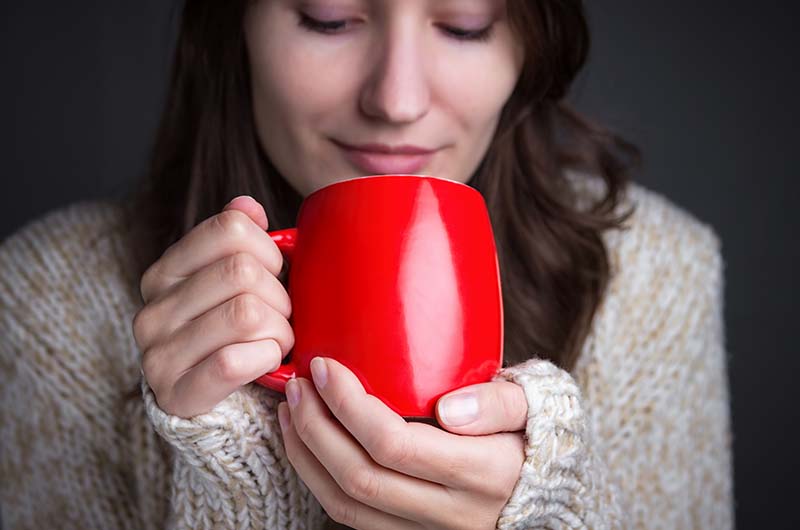Beware of the hidden calories lurking in your favorite seasonal drinks

When the colder fall and winter weather hits, people rush to eliminate the chill with comforting hot beverages such as pumpkin spice lattes, hot chocolate and spiced ciders. But beneath the froth and steam, hidden calories may lurk.
Just one 16-ounce pumpkin-spice latte with 2% milk and whipped cream contains about 390 calories, with 14 grams of fat and a whopping 50 grams of sugar.
Those liquid calories can be more problematic than the ones we get from solid food, experts say. Some studies have shown that we feel less full from liquid calories, so we may consume more than we should.
"We are less sensitive to liquid calories than we are to solid calories," said Marie-Pierre St-Onge, an associate professor of nutritional medicine at Columbia University. "The calories from solid food tend to produce greater signals for fullness, making it easier to adjust our caloric intakes. With liquids, those signals are weaker, and that's how you can get into trouble in terms of overconsumption."
It's not just a pumpkin spice latte problem. All sorts of seasonal drinks pack in the calories, from peppermint mocha, chai latte and sugary apple cider to eggnog and cocktails. Alcohol also lowers inhibitions, which can lead to overeating and other unhealthy behaviors.
Spices and flavors such as peppermint, pumpkin, ginger, cloves or cinnamon can give almost any drink a seasonal twist. The challenge is finding a drink that's healthy on its own, with or without the spices.
Pumpkin spice has virtually no calories, but when you put in syrups and milk, the latte can become very high in calories.
Some ways to make traditional cold weather favorites a little healthier:
- Ask your barista for fewer pumps of syrup – one instead of three – or simply use spices instead of flavored syrup if making your own drink at home.
- Use plant-based or low-fat milk instead of whole or condensed milk.
- Choose black coffee or espresso instead of a milky latte, then add spices to create seasonal flavors.
- Buy hot chocolate mix without vegetable oil.
- Skip the whipped cream.
Generally, homemade drinks tend to be healthier because you're able to control how much sweetener you put in, St. Onge said.
Milk can be an important ingredient because it adds vitamin D, which is needed in the fall and winter months as days become shorter and colder and people spend less time outside exercising. Choosing fat-free or low-fat milk or fortified plant-based milk over whole milk as an ingredient is one easy solution.
There are other sources of vitamin D. St-Onge said fall and winter are good times to experiment with putting fruits and vegetables – as well as seasonal spices – into smoothies, although she cautioned that people may not get all the health benefits of foods when they're liquefied.
Regardless of the season, St-Onge cautioned, people shouldn't look to drinks as a source of energy.
"The calories from solid food tend to produce greater signals for fullness, making it easier to adjust our caloric intakes. With liquids, those signals are weaker, and that's how you can get into trouble in terms of overconsumption."
As the allure of seasonal drinks becomes hard to resist, be aware of the hidden calories and sugar that may come with them. Whether you're treating yourself to a pumpkin spice latte or a warm cup of spiced cider, remember that moderation and mindful choices are the keys to a healthier season.





